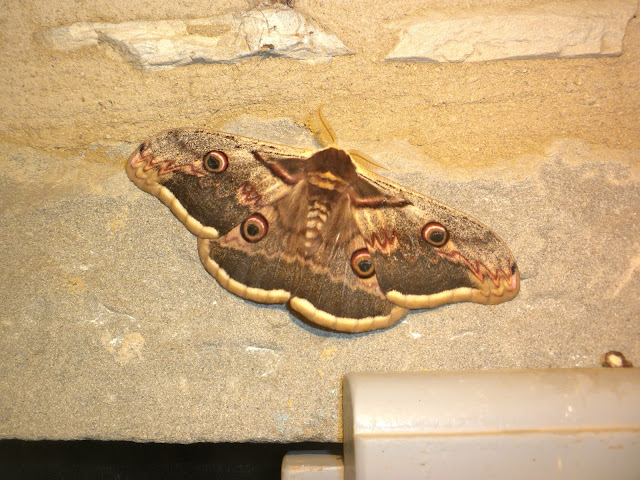...preparing for the cold...
Citrus trees start to suffer when temperatures get below 5 degrees Celsius. Recently there were a couple of nights that were pretty close to the limit, so we decided, for caution's sake, to retire our citrus into the greenhouse: one clementine, two lemons and a lemon which has reverted to its scion and become an attractive Seville orange...
...are now safely housed in our new greenhouse will be put to the test for the first time this winter...
The citrus will be in the company of a gardenia, two plumbagos, a polygala, three amaryllis, a cactus, a
recovering orchid and a small mandevilla, not to mention their permanent hosts:
jasmine, a large mandevilla and a stephanotis...
The
greenhouse has been fitted with a special red light
to promote growth and warmth. We hope our tender plants will be cosy
over the winter.
And we look forward to quiet winter days when we hope to sit inside enjoying the green and the - relative - warmth.
And we look forward to quiet winter days when we hope to sit inside enjoying the green and the - relative - warmth.


























